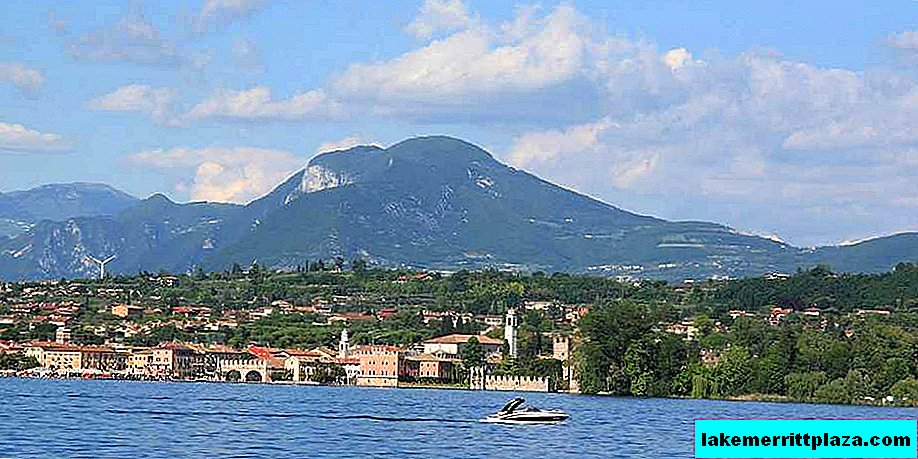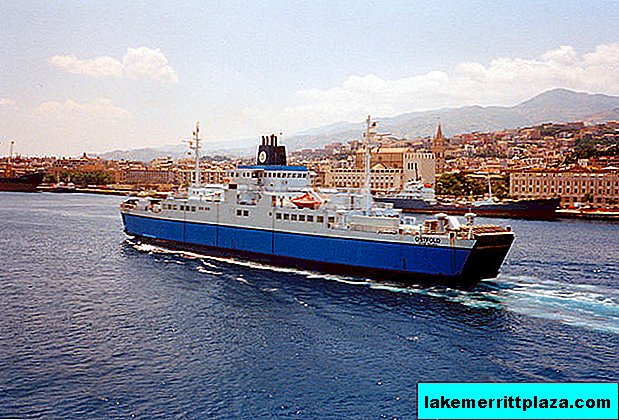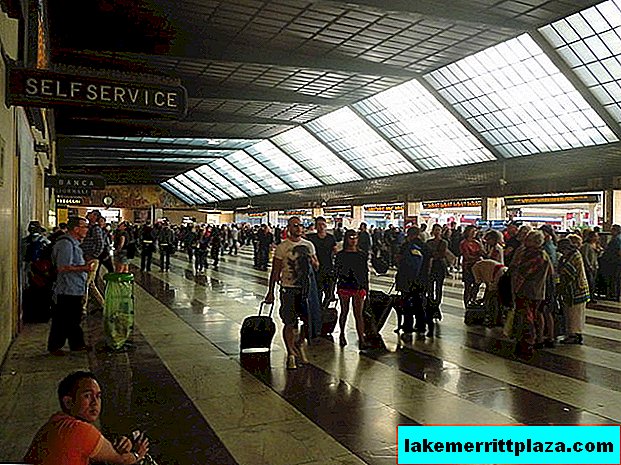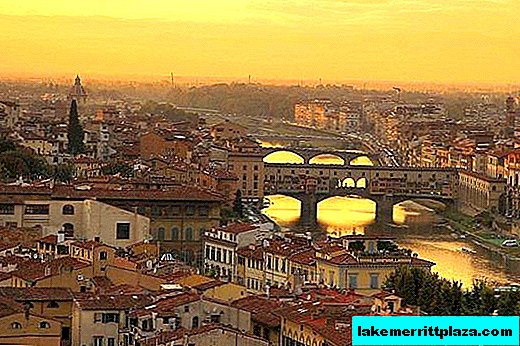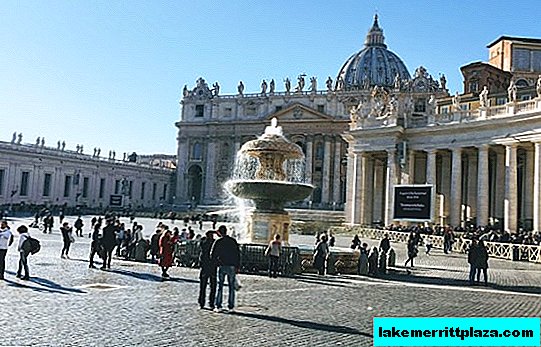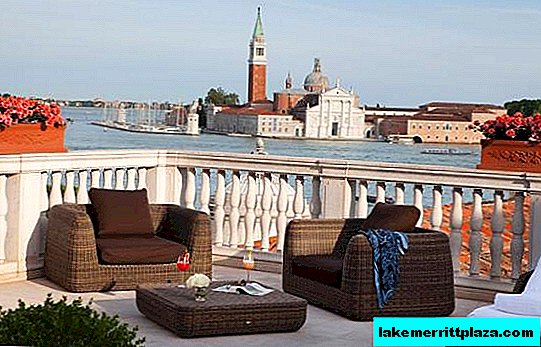Manarola is the oldest of the five small cities of the Cinque Terre National Park, which also includes the cities of Riomaggiore, Vernazza, Corniglia and Monterosso. The bright, colorful buildings of Manarola attract the attention of tourists, and between the modern buildings on the streets of the city, ancient architectural structures, whose age has been more than five hundred years old, have been preserved.
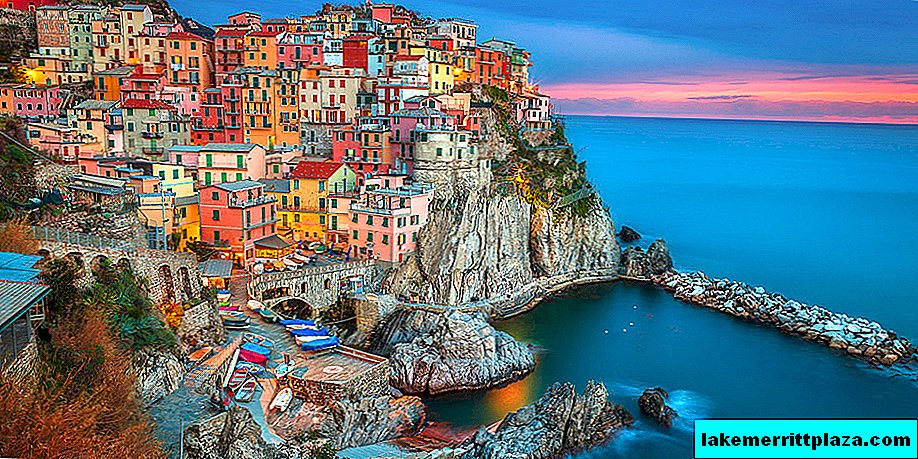
Like most coastal cities of Italy, Manarola is famous for winemaking and fishing. In the local restaurants, you can taste deliciously prepared dishes from seafood, washing them down with a glass of wine suitable for the occasion, made in the nearby village of Groppo and admiring the surrounding beauties.
Sights
Christmas Nativity Scene
Despite its modest size, the town of Manarola occupies an important place on the tourist map of Italy. Most of all, tourists who will come here in winter, before Christmas, will be lucky to see; every year on December 8, the largest Nativity Scene in the world is installed in Manarola - a composition dedicated to the birth of Jesus Christ. In Italian, this nativity scene is called Prezepe. You can look at it until the very end of January, after which Presepe is dismantled until next year.
Church of St. Lawrence

The church in honor of St. Lawrence (Chiesa di San Lorenzo) was built in the city of Manarola in 1338. It is an almost perfect example of Baroque and Gothic styles. St. Lawrence (Lorenzo) - the patron saint of Manarola, a celebration in his honor the townspeople organize every year on August 10.
Road of love

Road of Love (Via dell'Amore) - such a poetic name was given to the hiking trail connecting the cities of Manarola and Riomaggiore. There are many versions of where such a name came from; the most famous is very similar to the history of Romeo and Juliet. They say that in ancient times the inhabitants of the villages of Manarola and Riomaggiore were at enmity with each other. Despite this, a girl and a boy from different villages met and fell in love at first sight. The lovers were forced to secretly meet on a narrow mountain trail, but one night a misfortune happened - they both stumbled and fell off a cliff.
In the morning, the inhabitants of Manarola and Riomaggiore found the bodies of lovers, were ashamed of their enmity, and have since reconciled, and the path was called the Road of Love.
How to get there
Getting to Manarola is the easiest and cheapest way by train.
- If you start your journey from the south, for example from Rome, then first you need to take high-speed trains to the city of La Spezia and from there start the journey through the national park.

- In the north, the closest major city is Genoa, from where you can get to your destination in about 2 hours with 1 change to Sestri Levante, La Spezia Centrale or Riomaggiore. The cost of a ticket from Genoa, depending on the train in the region of 7-13 euros. A direct regional train runs several times a day.

Tip: If you book tickets for several months on the Internet, you can significantly save on travel. See instructions for self-purchase tickets for trains in Italy.
But motorists from La Spezia should head for the regional road SP370. A huge plus of traveling in a rented car is the opportunity to stop next to the observation deck and enjoy the incredible views of mountain streamers. Compare prices for car rental in Italy from different companies and can be using the service auto.italy4.me.
Hotels
Guest house Arpaiu
Arpaiu Guesthouse is a great place to stay in Manarola. It offers spacious rooms with sea views; Each room has a bathroom with all necessary accessories, a large-screen TV, free and unlimited internet, a coffee machine and an electric kettle. One night in high season in a double room will cost an average of 115 to 135 euros.
Hotel Giovanni Rooms
Hotel Giovanni Rooms is an option for those who like to relax with taste, appreciate beauty and comfort. The stylishly furnished rooms are decorated with paintings by contemporary artists. The room has a bathroom, where you can find the necessary cosmetics, a TV, in the apartments there is a small kitchen. Many rooms offer stunningly beautiful sea views.

For a fee, the hotel offers laundry services, fax, car rental, luggage storage or a safe. The cost of living in a double room is on average 150 euros per night.
Hotel Vandiris
Hotel Vandiris is located in Manarola, almost on the seashore. In the decor of the rooms there is everything you need, there is nothing superfluous, but such conciseness only gives more comfort. Some apartments have outdoor terraces overlooking the sea. You can rent a double room at Vandiris Hotel for 130 Euros per night.




